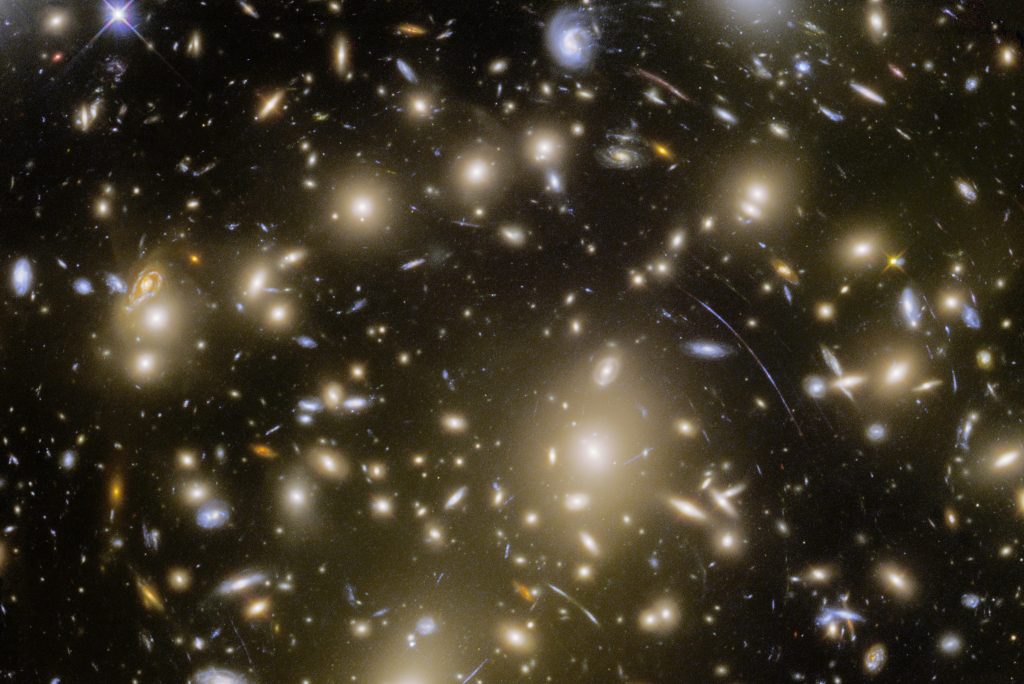DAWN leads big project on early galaxies of the universe
Associate Professor Charles Louis Steinhardt from the basic research center Cosmic Dawn Center (DAWN) at the Space Division at the Technical University of Denmark and the Niels Bohr Institute at the University of Copenhagen, will be leading a big new Hubble Frontier Fields Program called BUFFALO that will study the rare early galaxies of the universe.

Over the course of the next year, Associate Professor Charles Steinhardt, from the DNRF center DAWN at the Space Division at the Technical University of Denmark and the Niels Bohr Institute at the University of Copenhagen, will be in charge of a big international examination program called the BUFFALO project that, with help from NASA’s Hubble telescope, will study rare galaxies in the early universe.
The BUFFALO project is a continuation of the ambitious Frontier Fields Program that, with the help of NASA’s big observatories, has studied the earliest stages of the universe and has supplied researchers with important knowledge about the time only 435 million years after the Big Bang. With the help of the space telescope Hubble, the research team behind the BUFFALO project will examine the rare galaxies’ earliest stages of creation. One of the project’s primary goals is to provide information about the processes that create the massive galaxy clusters from the early universe and how quickly these galaxies were made in the first 800 million years after the Big Bang.
The BUFFALO project, led by Charles Steinhardt from DAWN, includes more than 100 researchers from 18 different countries spread across five continents. The Hubble telescope will presumably spend 160 hours of observation time on the BUFFALO project, which makes it the largest study so far of galaxies’ development with the Hubble telescope.
Besides bringing insight into the early universe, the information collected from Hubble will be used to develop strategies for the usage of NASA’s up and coming James Webb Space Telescope, which will replace Hubble in a few years, as well as the Earth-based radio telescope ALMA, which is located in the Atacama Desert, in Chile.
Read the press release at the Niels Bohr Institute here.
More information about the BUFFALO project can be found at the Hubble space telescope website here.
